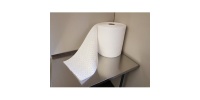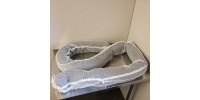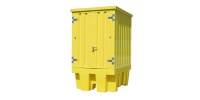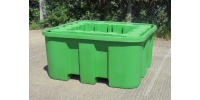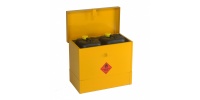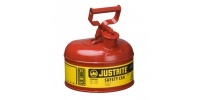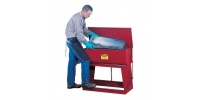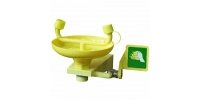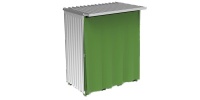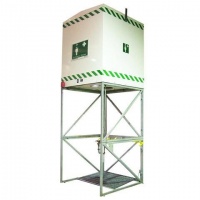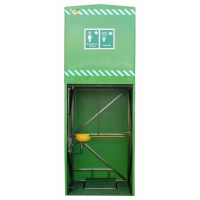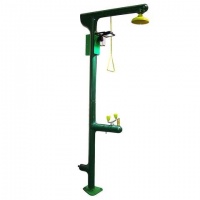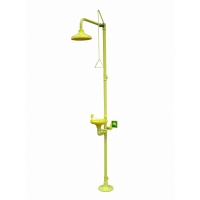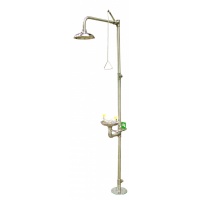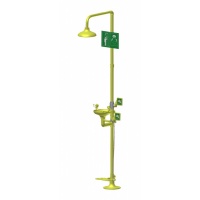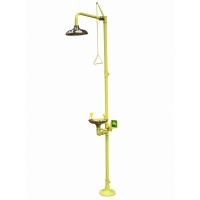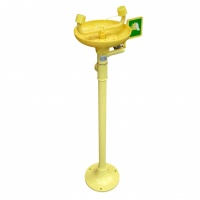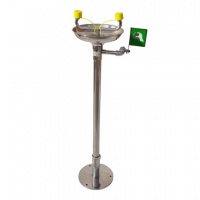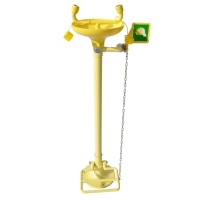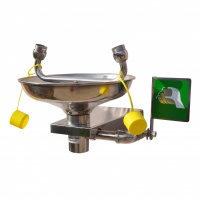Emergency Showers
To establish a minimum performance standard for emeregency showers, the ANSI Z358.1 2014 standard is in place. This regulates emergency eyewash and drench shower equipment for when people have come into conatct with hazardous materials or chemicals. This standard was first introduced in 1981, and has been modified over the years to its latest version in 2014. The tepid water tank showers in the product range are ANSI Z358.1 2014 tested for the USA and Europe. They also comply against the UNE-EN 1514-3: 2010 Safety Showers act part 3: Body Showers Not Connected to the Water Supply. And finally the UNE-EN15154-4: 2010 Safety Showers- Part 4: Eye-wash Units Not Connected to the Water Supply.

Choosing, Installing and Maintaining Your Emergency Safety Shower Equipment Correctly
Equipment Location
All emergency stations must be located in areas that are accessible within 10 seconds, roughly 17m; this is referred to by the industry as the "10 second rule". The best practice is to check the travel time to determine if you have the emergency station located within 10 seconds, keeping in mind that the injured person might take longer or need support to get to the designated station.
Obstructions
Emergency stations must be located on the same level as the hazard and the pathway between them must be clear of any obstruction. If your site has a hazard that is located on a different level to your current station, you will have to install an additional station on the same level as the hazard. Again, there must be no obstructions between them. Please note, a door is classed as an obstruction, but if the hazard is non-corrosive then one door is acceptable so long as it opens up in the direction of travel for the person needing the emergency station.
Water Supply
Always connect a portable water supply and consider draining the water supply and fitting a filter prior to connecting the emergency equipment, in order to commply with ANSI Z358.1 standards. Tepid water (16-38 degrees celsius) should be provided.
Water Temprature and Tepid Water
Tepid water is crucial, but often overlooked when providing emergency shower and eye-wash equipment. Medical proffessionals reccommend that tepid water is used to treat chemically injuries to eyes and body tissue because tempratures that exceed 38 celsius can enhance the chemical interaction with the eyes and skin. Tempratures below 16 celsius can cause hypothermic shock.
Shutt-Off Valves
If you are providing tepid water, you must provide shut off valves. If shut-off valves are installed on the wter supply line for maintenence purposes then signs are needed to prevent unauthorised shut-off, to ensure valves always stay open ready for use.
Signs
Each unit installed must be identified with the correct safety signs to make it more identifiable.
Operation
In the event of an accident, the inured person should shower or wash their eyes IMMEDIATELY for 15 minutes. All equipment should be fitted with stay open valves so the water supply will continue for the duration of use.




